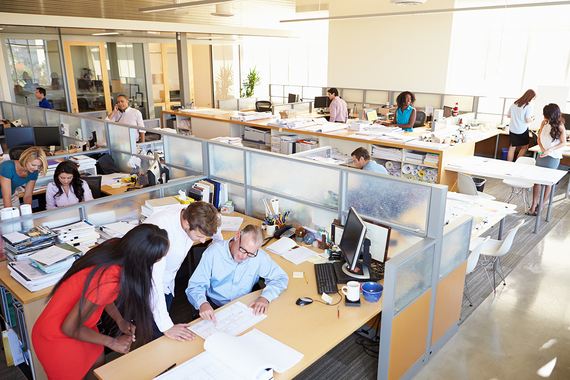I recently helped host 300 green buildings leaders in London and Dubai. These are quite different environments but the discussions were remarkably similar. Green buildings save energy and water and will help the world urbanize more sustainably. Another recurring theme may surprise you. Green buildings add economic value for three distinct stakeholders:
Investors. In my conversations with some pension fund managers, traditionally big real estate investors, they told me they would only invest in certified green buildings, otherwise they feared the investment would not hold its value. That's a strong endorsement for building green. Let me explain. Real estate development projects require investors to get off the ground. Over the last five years, the Global Real Estate Sustainability Benchmark (GRESB) reports that $7.6 trillion of institutional investment funds - like pension funds - have backed green building development. In many ways, it is the invisible hand moving the market.
Owners. Evidence suggests that building owners can also financially benefit from ownership of green buildings. Research from Professor Nils Kok from Maastricht University shows that green buildings in the U.S. command on average a 3% higher rent rate, generate 7% higher cash flow (rent premium plus higher occupancy rates seen in green buildings) and demand 13% higher transaction prices when sold. That's real money driving real returns.
Tenants. The benefit for people living or working in green buildings has long been surmised, but now we have hard data to prove it. A research team led by Harvard University produced two landmark studies that show higher cognitive test scores for people who work in certified green buildings. In one study, the Harvard team found a 101% improvement in cognitive test scores for people working in an environment with optimized indoor environmental quality versus a standard office building. Using this data, the Harvard team estimated a $6,500 per person annual productivity benefit. That's a whole new way to think about value.
The value of green buildings is clear, and in response the market is growing. According to Dodge Data, U.S. commercial green building construction grew from 2% in 1995 to 47% in 2014. This research also shows a doubling of green building activity every three years on the global stage. Clearly this is an established movement that is here to stay. With buildings consuming 40% of global energy, the future of buildings and the future of sustainability go hand in hand.
In addition to the tremendous environmental benefits, the economic value of green buildings is too powerful to ignore.
Now with the trifecta of value taking shape - with growing interest from investors, owners and tenants - green building activity is poised to accelerate.
What do you think about the future of green building? Tweet me @JohnMandyck to continue the conversation.

